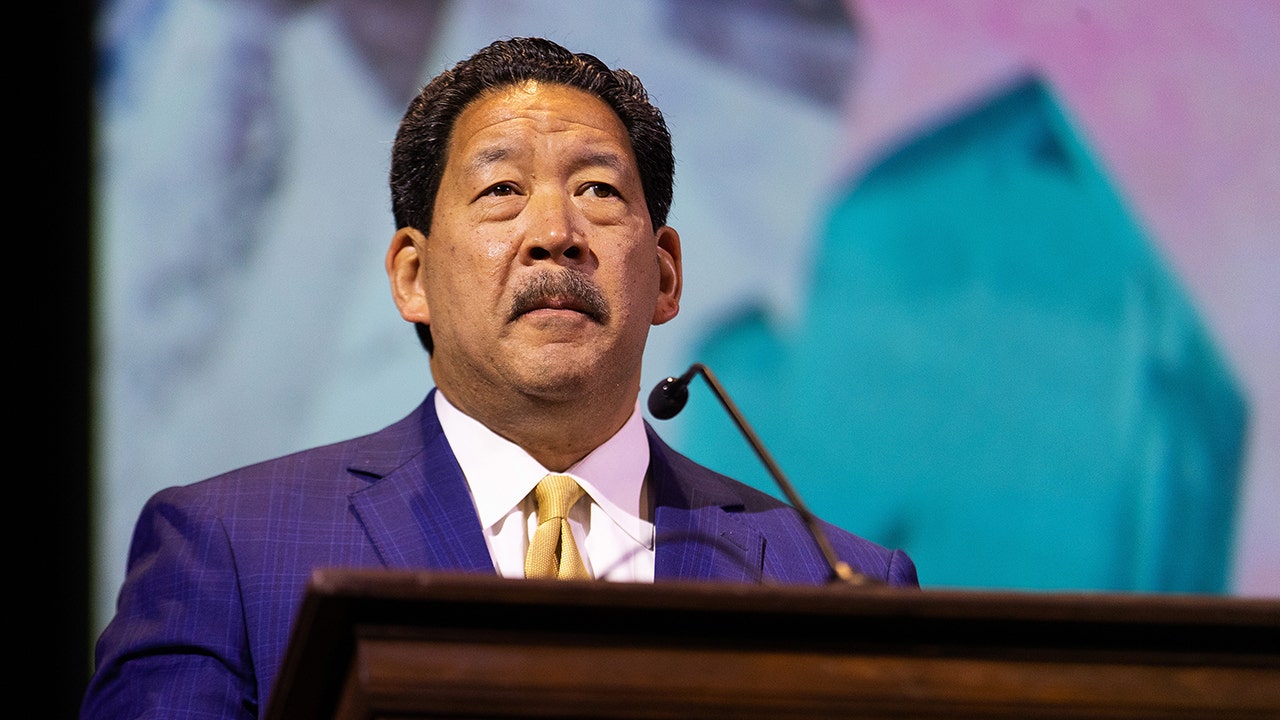Representation of the Inter-Agency Standing Committee (IASC) they stressed that the world’s largest humanitarian operation – supporting some 28 million people in Afghanistan – simply cannot function without female personnel.
Officials last week reported on their mission to the country in the wake of the Dec. 24 edict banning Afghan women from working with local and international aid organizations.
days later that de facto Taliban authorities authorized women to continue working in health care.
A similar exception was made in education, but with a focus on primary education, as Afghan girls and women were banned from attending high schools and universities.
A clear message
In its meetings with the Taliban, the IASC mission spoke out against the ban, which they hoped would be lifted, and advocated exemptions in all aspects of humanitarian response.
They have been told guidelines are being developed and asked to be patient, said Martin Griffiths, UN assistant chief and IASC chair, during a news conference at UN headquarters.
“I’m someone who doesn’t like to speculate because it’s speculation. Let’s see if these guidelines get through. Let’s see if they are beneficial. Let’s see what space there is for the essential and central role of women in our humanitarian efforts,” he said.
“Everyone has an opinion on whether it’s going to work or not. In our view, the message was clearly conveyed: this Women are central, indispensable workers in the humanitarian sectorin addition to rights, and we need to get them back to work.”
The crucial role of women
Humanitarian organizations will need $4.6 billion this year to fund their operations in Afghanistan.
Three years of drought-like conditions, economic decline and the effects of four decades of conflict have left about two-thirds of the population, 28 million people, in need of assistance and six million on the brink of starvation.
Of the 55,000 Afghan nationals working for NGOs in the country, 30 percent are women, according to Janti Soeripto, President and Chief Executive Officer of Save the Children.
“Without women on our teams, we cannot provide humanitarian service to millions of children and women,” she said.
“We will not be able to identify their needs; to communicate with women heads of households, of whom there are many in Afghanistan, after years and years of conflict, and to do so a safe and culturally appropriate way.”
life in danger
In addition, many helpers are the sole breadwinners of their families, which means that many more households will fail.
“We made that very clear Humanitarian aid should never be conditionalAnd it cannot discriminate‘ said Mrs. Soeripto. “We were not there to politicize help. We cannot do this work without women in all aspects of our value chains.”
The loss of these valuable workers also comes as Afghanistan faces its coldest winter in 15 years, with temperatures plummeting to nearly -30 degrees Celsius, resulting in numerous deaths.
The IASC mission visited a clinic on the outskirts of the capital Kabul run by the UN Children’s Fund (UNICEF) and a local partner.
services restored
Key health and nutrition services there are now back up and running with female staff back on board, said Sofía Sprecher Sineiro, secretary-general of CARE International.
The clinic’s staff also shared a startling statistic: 15 percent of children seeking help suffer from severe acute malnutrition.
“So, let there be no ambiguity. Tying NGOs’ hands by preventing women from providing life-saving assistance to other women will cost lives‘ she said, speaking from Kabul.
During her meetings with the de facto Authorities also urged humanitarian chiefs for the full inclusion of girls and women in public life.
Huge learning loss
More than a million Afghan girls have lost learning opportunities due to the ban on secondary school, adding to the losses suffered during the war COVID-19 Pandemic.
The university ban announced last month has further dashed their hopes, said Omar Abdi, UNICEF deputy executive director for programs.
“We are very concerned about the development of girls and women especially their mental health. If secondary education remains closed in 2023, an estimated 215,000 girls who attended sixth grade last year will again be denied the right to learn,” he said.
Despite the bleak outlook, Mr Abdi pointed to some positive signs.
room for hope
Since the ban, around 200,000 girls in 12 provinces continue to attend secondary schools, and secondary school teachers continue to receive their salaries.
“The officials we met in Kabul … reiterated that they are not against girls studying in secondary schools and promised again to reopen once the guidelines were approved by their head,” he said.
Meanwhile, the number of community-based education classes in homes and other places has doubled to 20,000 in the past year, serving around 600,000 children, more than half of them girls.
“These positive signs are the result of both the commitment of de facto Authorities and pressure from local communities to keep schools and community schools open,” Mr Abdi said.
“As long as communities continue to demand education, we must continue to support both public and other forms of education, community-based classrooms, catch-up classes and vocational training.”





